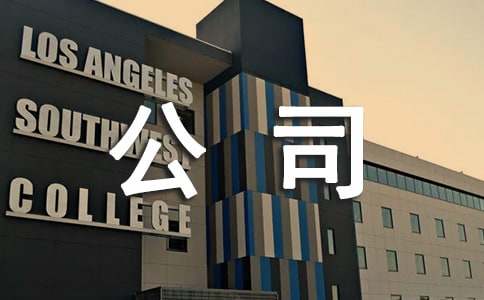- 相关推荐
2015年ACCA《公司法与商法》练习试题
Question:

In relation to company law:
(a)explain the meaning of, and procedures involved in, voluntary liquidation; and
(b)explain and distinguish between;
(i)a members' voluntary liquidation;
(ii)a creditors' voluntary liquidation.
Answer:
(a)This question requires candidates to explain the meaning and procedures involved in the course of a voluntary liquidation in company law. One of the many consequences of incorporation is that a registered company becomes a legal entity in its own right having existence apart from its member shareholders. One of the attributes of this legal personality is that the company has not only separate, but also perpetual, existence, in that it continues irrespective of changes in its membership. Indeed, the company can continue to exist where it has no members at all. Winding up, or liquidation, is the process whereby the life of the company is brought to an end and its assets realised and distributed to its members and/or creditors. The rules governing winding up are detailed in the provisions of the Insolvency Act (IA) 1986 and the exact nature of the procedure depends on the type of winding up involved and depends upon the solvency of the company at the time when liquidation commences. Winding up can be conducted on a voluntary basis, in which case the members of the company themselves determine that the time has come for it to come to an end, or alternatively, the court may make an order that the company‘s life should come to an end. This question refers to the first of these alternatives, voluntary winding up.
Section 84 IA states that a company may be wound up voluntarily:
(i)when any period fixed for the duration of the company by the articles expires, or any event occurs, which shall, according to the articles, lead to its dissolution. Under such circumstances the winding up has to be approved by an ordinary resolution.
(ii)for any other reason whatsoever. Under these circumstances a special resolution is required to approve the winding up.
This is the procedure the members would follow if the company is insolvent.
In any case the winding up is deemed to have started on the date that the appropriate resolution was passed.
(b)(i)A members‘ voluntary liquidation takes place when the directors of the company are of the opinion that the company is solvent and is capable of paying off its creditors. The directors are required to make a formal declaration to the effect that they have investigated the affairs of the company and that in their opinion it will be able to pay its debts within 12 months of the start of liquidation. It is a criminal offence for directors to make a false declaration without reasonable grounds. On appointment, by an ordinary resolution of the company, the job of the liquidator is to wind up the affairs of the company, to realise the assets and distribute the proceeds to its creditors. On completion of this task, the liquidator must present a report of the process to a final meeting of the shareholders. The liquidator then informs the Registrar of the holding of the final meeting and submits a copy of their report to them. The Registrar formally registers these reports and the company is deemed to be dissolved three months after that registration.
(ii)A creditors‘ voluntary liquidation takes place when the company is insolvent when it is decided to wind it up. The essential difference between this and the former type of liquidation is that, as the name implies, the creditors have an active role to play in overseeing the liquidation of the company and there is no declaration of solvency. First, a meeting of the creditors must be called within 14 days of the resolution to liquidate the company at which the directors must submit a statement of the company‘s affairs. The creditors have the final say in who should be appointed as liquidator
【ACCA《公司法与商法》练习试题】相关文章:
ACCA《公司法与商法》真题及答案09-22
NIIT练习试题03-09
Adobe Photoshop练习试题03-10
NIIT练习试题及答案03-07
SSAT自测练习试题03-23
acca待遇如何?acca收入多少?03-20
出版考试初级练习试题10-25